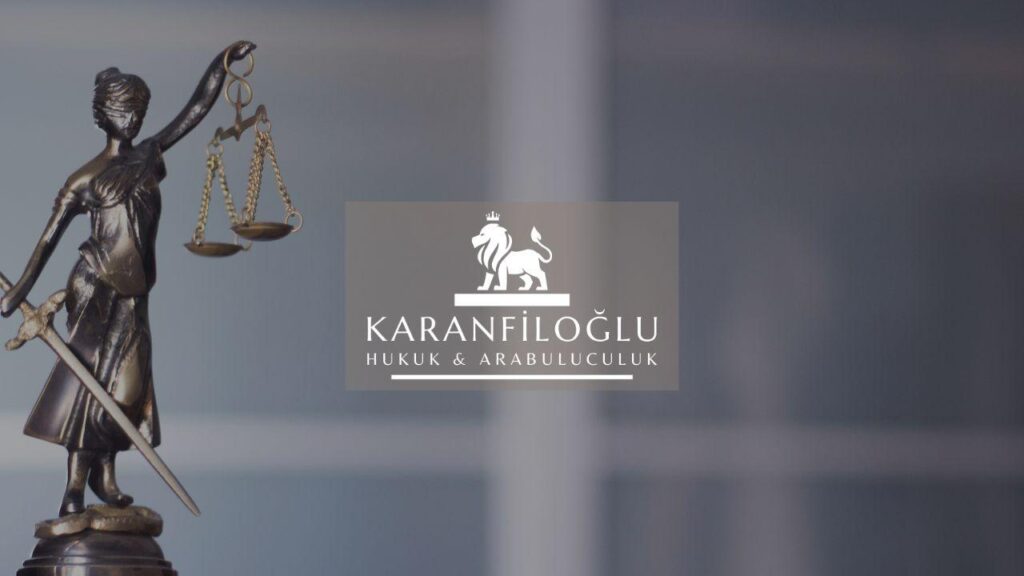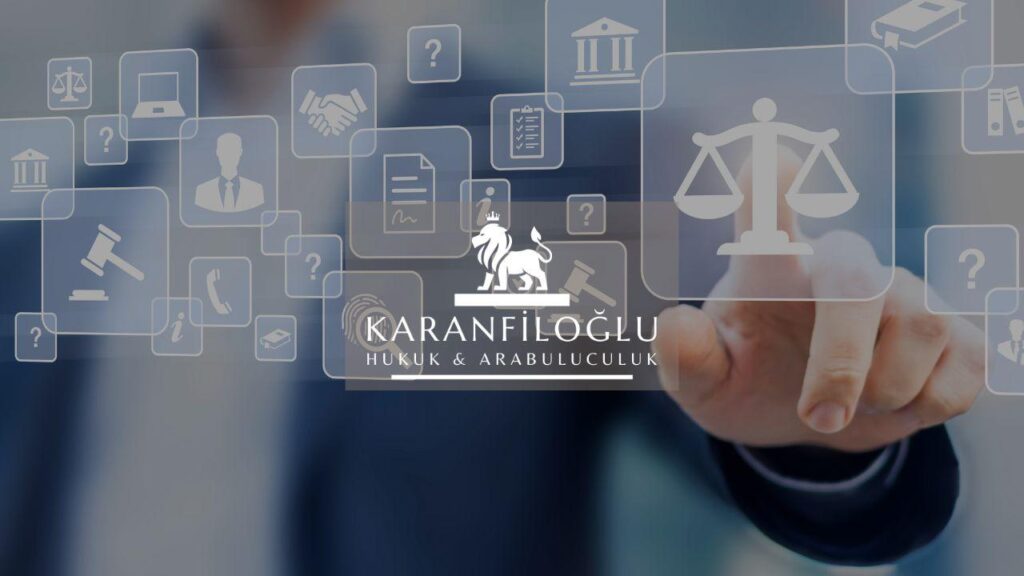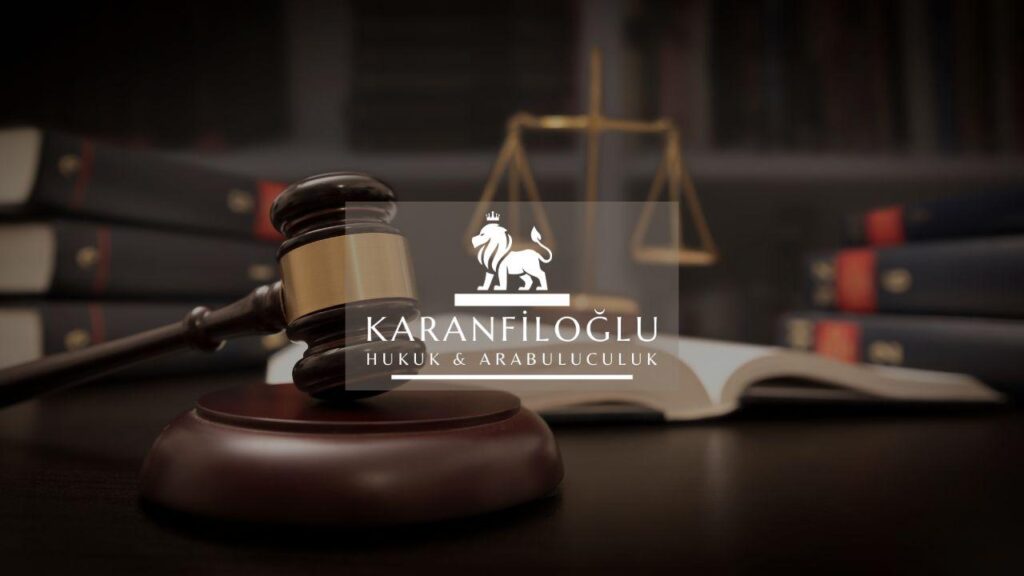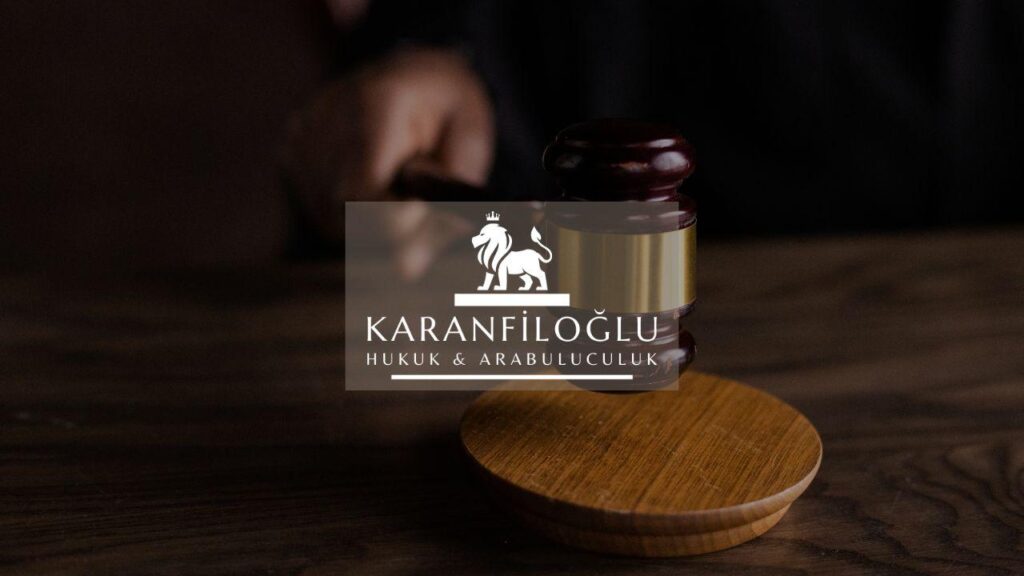Dispute resolution holds a crucial role in today’s dynamic world, where maintaining peace and understanding is essential. Mediation has emerged as a key player in the mediation process, offering a structured yet flexible route to conflict resolution. This approach shifts away from adversarial methods, focusing instead on cooperation and mutual benefit. What makes mediation so compelling? It’s the mediation benefits, promising a faster, cost-effective path to achieving a settlement agreement. Through open dialogue, parties involved gain a platform for expressing their perspectives without the heat of confrontation. This collaborative technique not only saves time and resources but also preserves relationships, emphasizing win-win settlements over traditional, divisive tactics. Picture a bridge that connects differing shores—mediation serves just that purpose. It seamlessly blends empathy with practicality, crafting solutions that satisfy all involved. As the landscape of conflict evolves, the role of dispute resolution through mediation becomes even more relevant and necessary.
Understanding the Mediation Process
The mediation process begins with both parties agreeing to sit down with a trained mediator, aiming for a settlement agreement. This neutral ground ensures a balanced dialogue, where each side can openly discuss their views and interests without interruption. The mediator guides the conversation, fostering an atmosphere of understanding and cooperation, which is vital for successful conflict resolution. Think of this setting as a constructive dialogue, where the goal isn’t to win but to find common ground. Throughout the mediation process, the focus remains on problem-solving and exploring mediation benefits. This not only helps in resolving immediate disputes but also equips individuals with skills for future conflict navigation. In essence, mediation is not about defeating the other party; it’s about crafting lasting solutions that work for everyone involved, making dispute resolution a smoother journey.
In understanding the mediation process, one must first recognize the role of the mediator—a facilitator of dispute resolution, not a judge. In this supportive environment, parties are encouraged to present their perspectives on the conflict without the pressure of traditional legal proceedings. This setting aims to highlight mediation benefits such as confidentiality and control over the outcome. The unique process of negotiation allows participants to explore solutions creatively, promoting a settlement agreement that reflects mutual satisfaction. As the dialogue unfolds, the mediator assists in clarifying misunderstandings, making the path to conflict resolution clearer. This openness is crucial, as it provides insights into each party’s underlying interests. By focusing on shared goals rather than individual victory, the mediation process transforms disputes into opportunities for constructive solutions. With each session, a bridge is built inch by inch, reinforcing the importance of empathy and collaboration in resolving conflicts.
In the mediation process, empowerment plays a pivotal role, granting parties the autonomy to drive toward their desired conflict resolution. During this phase, individuals actively partake in shaping the outcome, ensuring that the settlement agreement resonates with their genuine needs. The control afforded here fosters a sense of ownership, reinforcing the mediation benefits at every turn. This collaborative journey, unlike traditional litigation, encourages parties to voice concerns and propose innovative solutions. The emphasis is on flexibility, allowing adjustments until a consensus is achieved. Such adaptability not only enhances the effectiveness of dispute resolution but also builds trust between the involved entities. Through mutual dialogue in the mediation process, barriers dissolve, and unexpected commonalities often surface, paving the way for lasting resolution. It’s a dance of negotiation where each step, however small, contributes to the harmony of a win-win outcome.
Key Techniques for Effective Dispute Resolution
In the dispute resolution realm, understanding key techniques is crucial for an effective mediation process. At its core, active listening tops the list. It allows each party to truly hear concerns, paving the path for genuine conflict resolution. Patience and impartiality follow closely. A mediator’s ability to maintain neutrality ensures a balanced discussion, enabling a fair settlement agreement. Empathy further bolsters the process, fostering an environment where emotions are addressed, not dismissed. This empathetic approach highlights the mediation benefits of transforming disputes into opportunities for growth and consensus. After all, when empathy steps into the room, barriers feel like bridges. The ultimate aim is not merely to resolve a conflict but to guide parties towards solutions where all feel valued. Thus, employing these techniques turns the mediation process from a daunting task into a meaningful journey.
Mediation thrives on the bedrock of strategic communication and thoughtful intervention. Essential to the mediation process is the art of questioning—open-ended questions spark dialogue and exploration during dispute resolution. This inquisitive approach can unveil underlying issues, transforming potential conflicts into avenues of collaboration. Then, there’s the power of silence. In moments of quiet, participants digest information, reflect on perspectives, and often uncover their own solutions. Skillful mediators wield silence as a tool, knowing when to interject and when to hold back, fostering deeper conflict resolution. The mediation benefits extend to nurturing autonomous decision-making within a supportive framework. Furthermore, crafting a comprehensive settlement agreement hinges on mutual understanding, which requires not just hearing but comprehending each other’s needs and concerns. By cultivating this environment, mediation not only eases tensions but also lays down stepping stones to sustainable peace, reshaping disputes into opportunities akin to turning stumbling blocks into stepping stones.
In navigating the mediation process, creativity and adaptability serve as vital allies. Effective dispute resolution requires a shift from rigid frameworks to flexible strategies. Humor, for example, can diffuse tension, allowing conflict resolution to evolve into cooperative dialogue. It reminds all parties of the human side of disputes, fostering a less intimidating environment. Simplicity complements this, as clear, straightforward communication clears path for understanding. Additionally, visual aids—like charts or diagrams—can illuminate complexities and clarify a settlement agreement. These tools bridge comprehension gaps, ensuring that ideas once tangled are now laid out plainly. The mediation benefits lie here: turning what seems insurmountable into something approachable and solvable. By employing these tools, mediators facilitate an atmosphere where innovative solutions are not just possible but inevitable. Ultimately, the journey from conflict to consensus is less about the steps taken and more about the mindset adopted, transforming each challenge into a stepping stone towards agreement.
The Role of Mediators in Conflict Management
In the maze of dispute resolution, mediators act as skilled guides, steering parties through the mediation process with insight and finesse. They bring to the table an impartial voice, paving the way for conflict resolution without bias or judgment. Mediators listen actively, offering a space where every participant feels heard and valued. This empowers individuals to contribute to a settlement agreement that reflects shared interests. The true mediation benefits surface as mediators foster trust, encouraging open communication and creative problem-solving. Their role is not to dictate outcomes but to facilitate those crucial “aha moments” where parties move from deadlock to clarity. By maintaining neutrality, mediators create an environment ripe for compromise, ensuring that the mediation process leads to solutions that satisfy all stakeholders. Their expertise transforms potential discord into pathways of understanding, making them invaluable in crafting long-lasting peace.
Mediators stand central in conflict management, wearing hats of negotiator and peacekeeper throughout the mediation process. In this delicate dance of dispute resolution, they hold the baton that orchestrates harmony. They don’t just lead discussions but also equip parties with the tools for conflict resolution, unlocking the door to mediation benefits that can transform discord into dialogue. The essence of their work lies in cultivating an atmosphere where a settlement agreement seems not like a compromise but a logical conclusion. Mediators read between the lines, bringing out the unspoken needs that often fuel disagreements. With adept handling, they encourage an environment where emotions are acknowledged, but facts remain the focal point. These adept facilitators highlight the power of shared stories and understanding, transforming what was once a battlefield into a table of negotiation. It’s through their skilled intervention that mediation achieves its true purpose—bridging gaps and crafting paths toward resolution.
Mediators are the backbone of effective conflict resolution, providing the steady hand needed in turbulent times. As the mediation process unfolds, these professionals embody patience and neutrality, vital for crafting a settlement agreement that satisfies all parties. Their presence alone can shift tense dynamics into productive dialogues, showcasing the true mediation benefits. They serve as bridges, connecting disparate perspectives, and guiding discussions to a harmonious end. Through careful questioning and empathetic listening, mediators reveal underlying issues that might otherwise remain hidden. Their dedication ensures that all voices find space and dignity within the mediation process. With every session, mediators reaffirm their role as architects of consensus, navigating the maze of dispute resolution with precision and care. Their adeptness transforms potential chaos into cooperation, turning disputes into opportunities for growth and understanding. It’s through their fundamental work that the promise of mediation truly shines—a testament to the enduring power of collaboration.
Disclaimer: This article is for general informational purposes only and you are strongly advised to consult a legal professional to evaluate your personal situation. No liability is accepted that may arise from the use of the information in this article.







